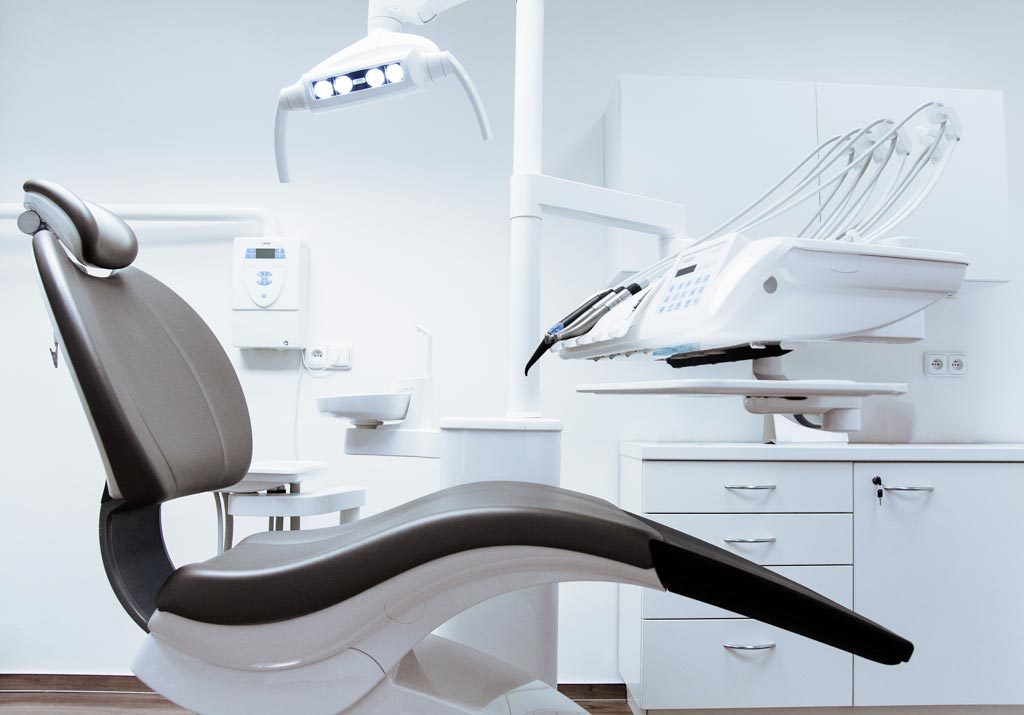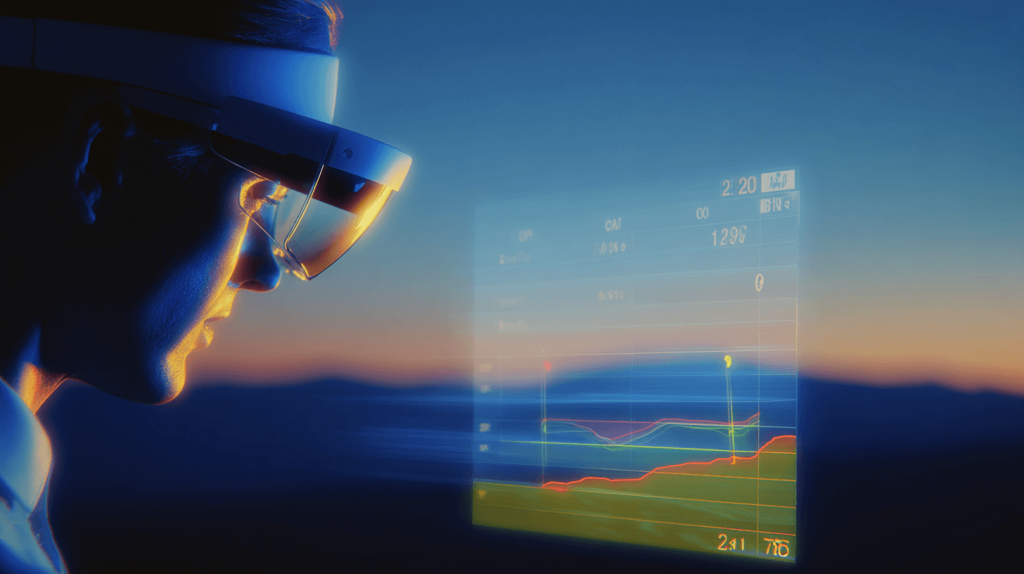Many inventors and companies file a provisional patent application with the thought and expectation that they would then, 12 months later, file a non-provisional patent application. Since a provisional application requires a lot of work up front to prepare (but not quite as much work as preparing a non-provisional application), many wonder why to bother with a provisional application at all. Here are a few advantages of provisional applications for medical devices:
- No drawings needed. A provisional application does not require that any drawings be submitted at the time of filing. However, best practice in medical device IP is to include as many drawings, sketches and photographs as possible because – as the expression goes – a picture is worth 1,000 words!
- No claims need be made. There is no requirement that a provisional application include any claims, giving you and your patent attorney more time to precisely determine the scope of your invention.
- No requirement of proper USPTO formatting. Filing a provisional application does not require you to comply with a number of confusing formatting requirements that are required for the preparation of a non-provisional application.
- Description can be less detailed. Provisional applications do not need to be as detailed as non-provisional filings. During the 12 month period between filing your provisional and converting the provisional to a non-provisional, you can learn more about your invention, which you can disclose in your non-provisional application filing.
- No inventor declaration needed. The inventor declaration is only required in a non-provisional filing.
- Provisional filing makes you first to file. Filing a provisional helps you get an earlier filing date which can help you avoid statutory bars based on publications made by others.
- Stalls the patent procurement process to better align with FDA regulatory review. If the new medical device is not FDA approved or otherwise cannot be immediately commercialized, a provisional application gains an extra 12 months of patent protection.
- Patent pending status. Provisional patent application allows immediate use of “patent pending” label
- Provisional filings are not published. Secrecy about your invention is maintained for an extra 12 months as provisional applications are not published in the same manner as regular patent applications.
Medical Devices: Cautionary Notes for Filing Provision Applications
While there are many advantages to filing a provisional application, there are also some notes of caution which should be considered. The most important is that, depending on where you are in the inventive process, the provisional application might have little to no practical effect or value to you or your company. This happens in two ways.
First, the provisional application might not be effective if the new medical device shown and described in the provisional application does not have sufficient disclosure or written description. Thus, while drawings, written description, claims and an inventor’s declaration are not required, the absence of such can severely undercut the value of a provisional application.
Second, patent law requires that the provisional and the non-provisional applications must be for the same invention. If sufficient changes are made during the 12-month provisional application period, the medical device might become a different invention that is separate and distinct from the invention disclosed in the provisional application filing. In that case, the provisional application is of no effect.
A corollary here is that a provisional application might provide only partial protection if the new medical device is only partially disclosed. That is, if your provisional application does not 100% disclose the new medical device that is later shown in the non-provisional application, then only the parts of the medical device that were disclosed in the provisional application will be entitled to the earlier priority date.
In addition, in the rush to get a provisional application completed for your new medical device, be cautious about statements made in the application. Any inaccurate statements can be used later as some evidence for a patent challenger to claim an intent to deceive or by others who may want to litigate medical malpractice or product liability claims. Any inaccuracies in the provisional application should be corrected 12 months later in the non-provisional patent application.
Newly Invented Medical Devices: Contact The Rapacke Law Group Today
If you need more information about provisional patents for your newly invented medical device, contact a trusted and proven attorney at The Rapacke Law Group. RLG has the skills and experience to handle any legal issues with respect to medical devices, IPR, design patents and mobile application development and all other intellectual property matters. RLG can be reached at 954-951-0154 or by completing this online contact form.




